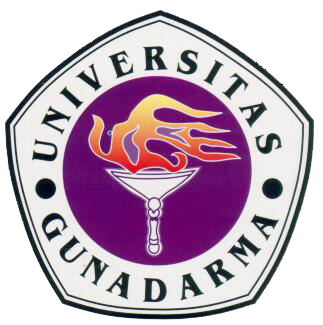Real-world Application uses of Genetic Algorithm
Juni 7, 2012 Tinggalkan komentar
1. Automotive Design
Using Genetic Algorithms [GAs] to both design composite materials and aerodynamic shapes for race cars and regular means of transportation (including aviation) can return combinations of best materials and best engineering to provide faster, lighter, more fuel efficient and safer vehicles for all the things we use vehicles for. Rather than spending years in laboratories working with polymers, wind tunnels and balsa wood shapes, the processes can be done much quicker and more efficiently by computer modeling using GA searches to return a range of options human designers can then put together however they please.
2. Engineering Design
Getting the most out of a range of materials to optimize the structural and operational design of buildings, factories, machines, etc. is a rapidly expanding application of GAs. These are being created for such uses as optimizing the design of heat exchangers, robot gripping arms, satellite booms, building trusses, flywheels, turbines, and just about any other computer-assisted engineering design application. There is work to combine GAs optimizing particular aspects of engineering problems to work together, and some of these can not only solve design problems, but also project them forward to analyze weaknesses and possible point failures in the future so these can be avoided.
3. Robotics
Robotics involves human designers and engineers trying out all sorts of things in order to create useful machines that can do work for humans. Each robot’s design is dependent on the job or jobs it is intended to do, so there are many different designs out there. GAs can be programmed to search for a range of optimal designs and components for each specific use, or to return results for entirely new types of robots that can perform multiple tasks and have more general application. GA-designed robotics just might get us those nifty multi-purpose, learning robots we’ve been expecting any year now since we watched the Jetsons as kids, who will cook our meals, do our laundry and even clean the bathroom for us!
4. Evolvable Hardware
Evolvable hardware applications are electronic circuits created by GA computer models that use stochastic (statistically random) operators to evolve new configurations from old ones. As the algorithm does its thing in the running model, eventually a circuit configuration will come along that does what the designer wants. Think of reconfigurable circuits in something like a space robot. It could use a built-in GA library and simulator to re-design itself after something like radiation exposure that messes up its normal configuration, or encounters a novel situation in which it needs a function it doesn’t already have. Such GAs would enable self-adaptation and self-repair.
5. Optimized Telecommunications Routing
Do you find yourself frustrated by slow LAN performance, inconsistent internet access, a FAX machine that only sends faxes sometimes, your land line’s number of ‘ghost’ phone calls every month? Well, GAs are being developed that will allow for dynamic and anticipatory routing of circuits for telecommunications networks. These could take notice of your system’s instability and anticipate your re-routing needs. Using more than one GA circuit-search at a time, soon your interpersonal communications problems may really be all in your head rather than in your telecommunications system. Other GAs are being developed to optimize placement and routing of cell towers for best coverage and ease of switching, so your cell phone and blackberry will be thankful for GAs too.
6. Joke and Pun Generation
Among the linguistic applications of GAs – including a JAPE (automated pun generator) inspired STANDUP program to design communications strategies for people working with children who suffer communications disabilities – are GAs that search for jokes and puns. These come under the heading of “artificial creativity” and AI, but could prove very useful to class clowns and wannabe punsters whose public reputations depend upon being funnier than they actually are. These clever GAs will let you input a word you wish to pun or a subject you’d like to joke about, and will return a variety of solutions that just might lead to a lucrative career on the comedy club circuit!
7. Biomimetic Invention
Biomimicry or biomimetics is the development of technologies inspired by designs in nature. Since GAs are inspired by the mechanisms of biological evolution, it makes sense that they could be used in the process of invention as well. GAs rely primarily on something called implicit parallelism (like to like), using mutation and selection in secondary roles toward a design solution. GA programmers are working on applications that not only analyze the natural designs themselves for a return on how they work, but can also combine natural designs to create something entirely new that can have exciting applications.
So many Real-world Application uses of Genetic Algorithm, you can see full article in http://brainz.org/15-real-world-applications-genetic-algorithms/

